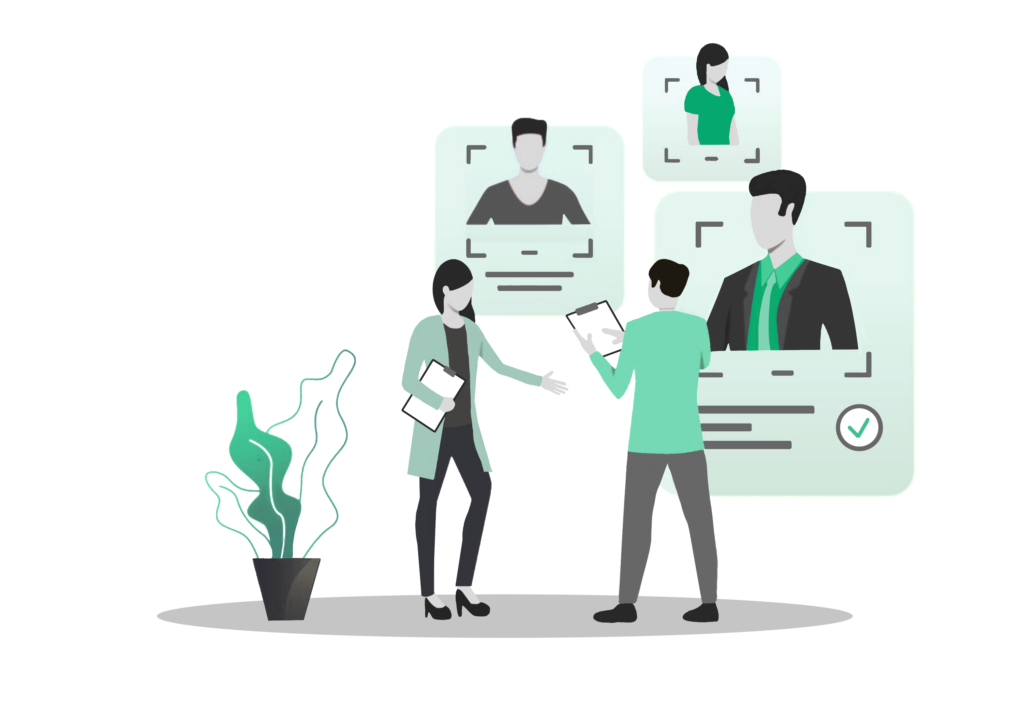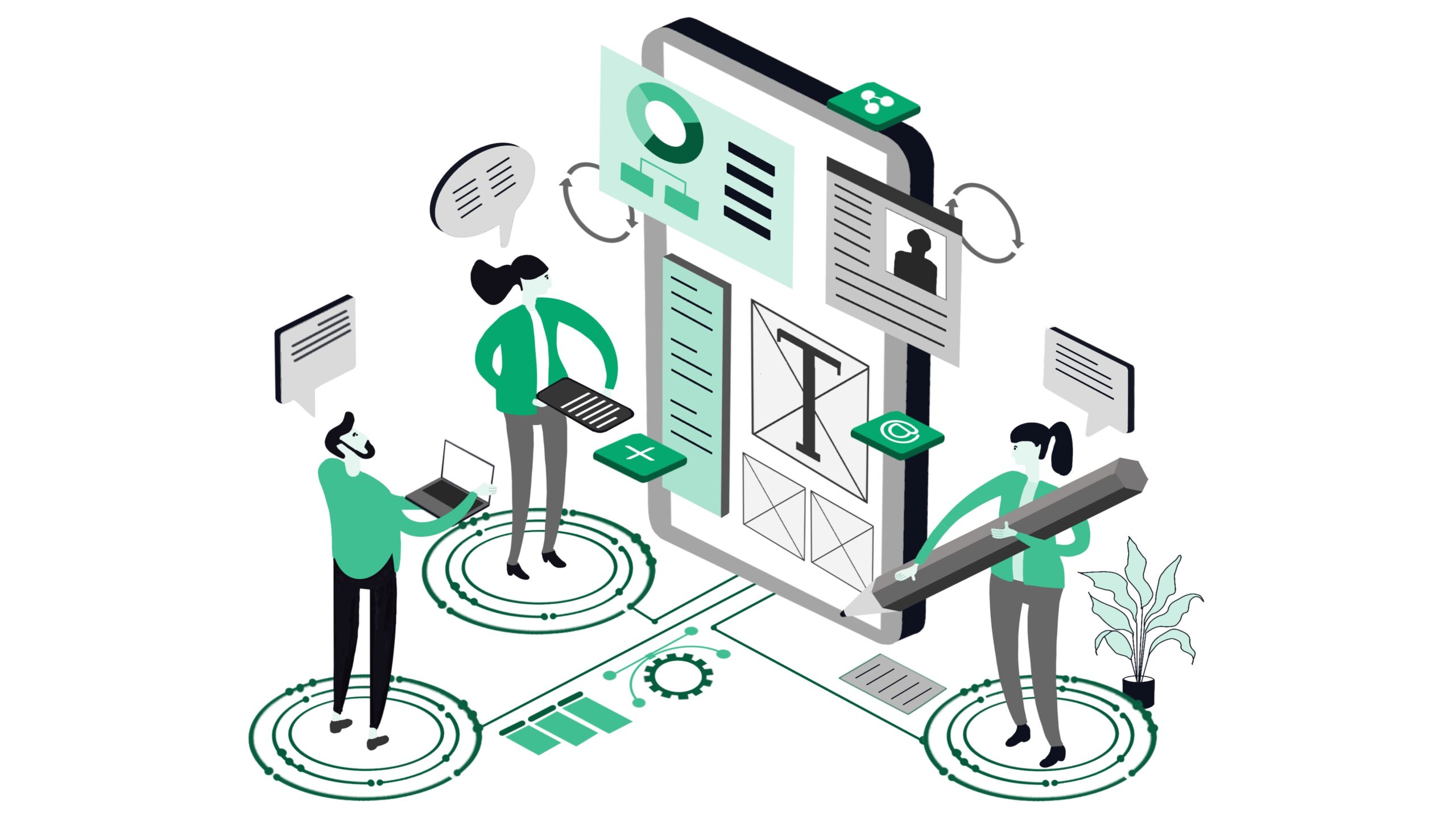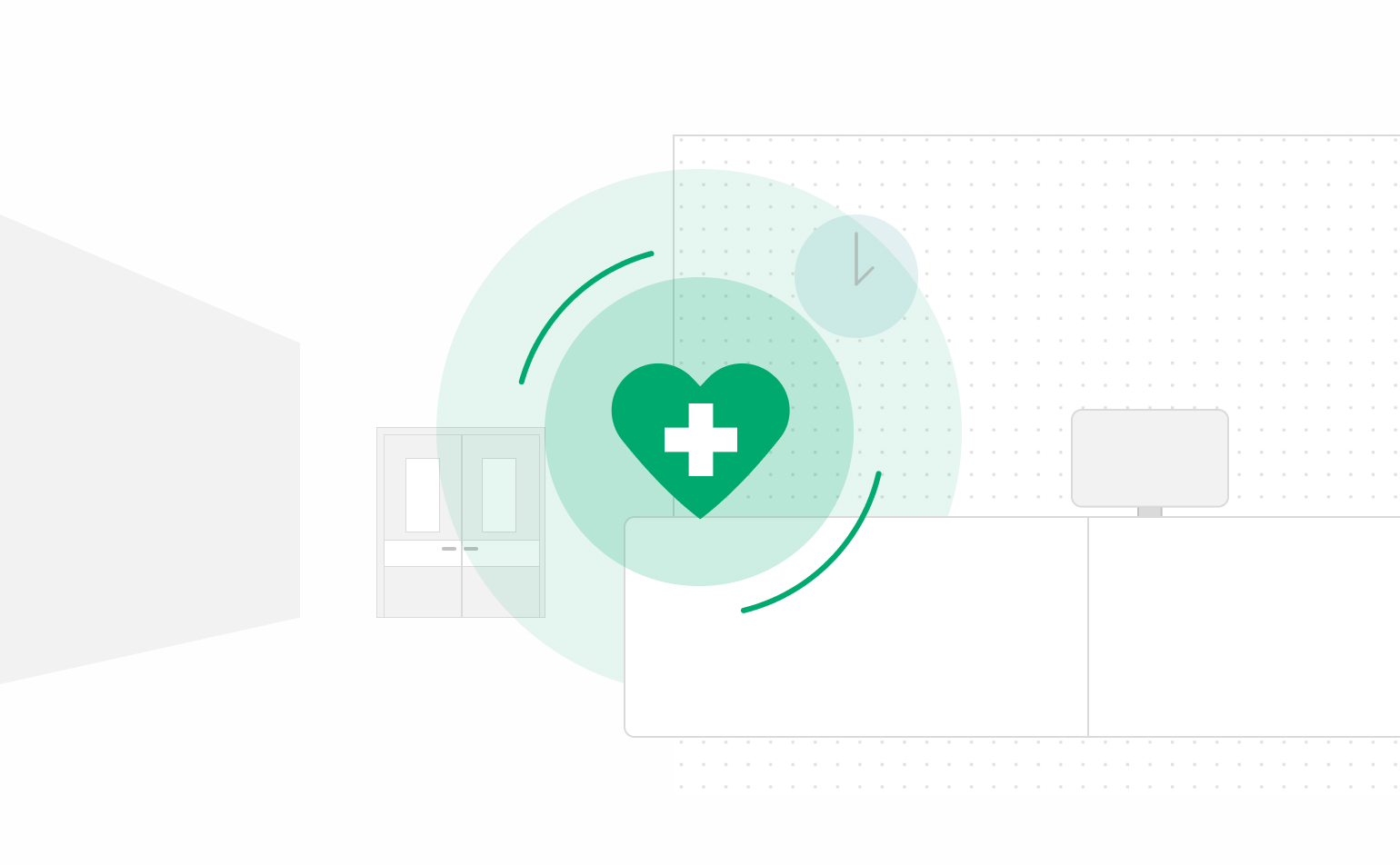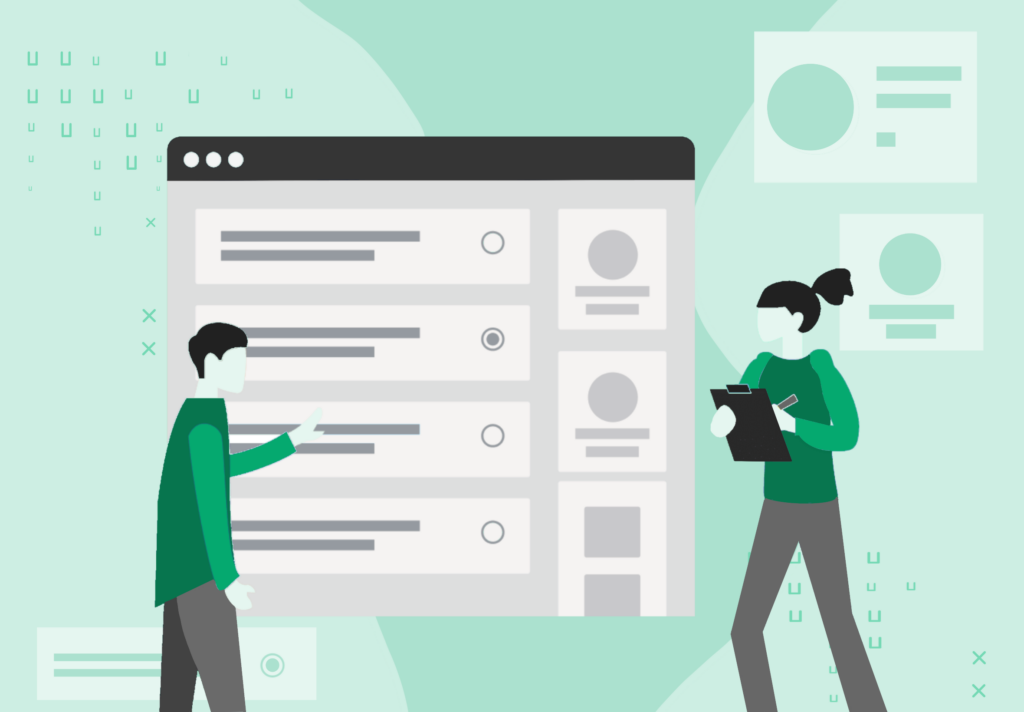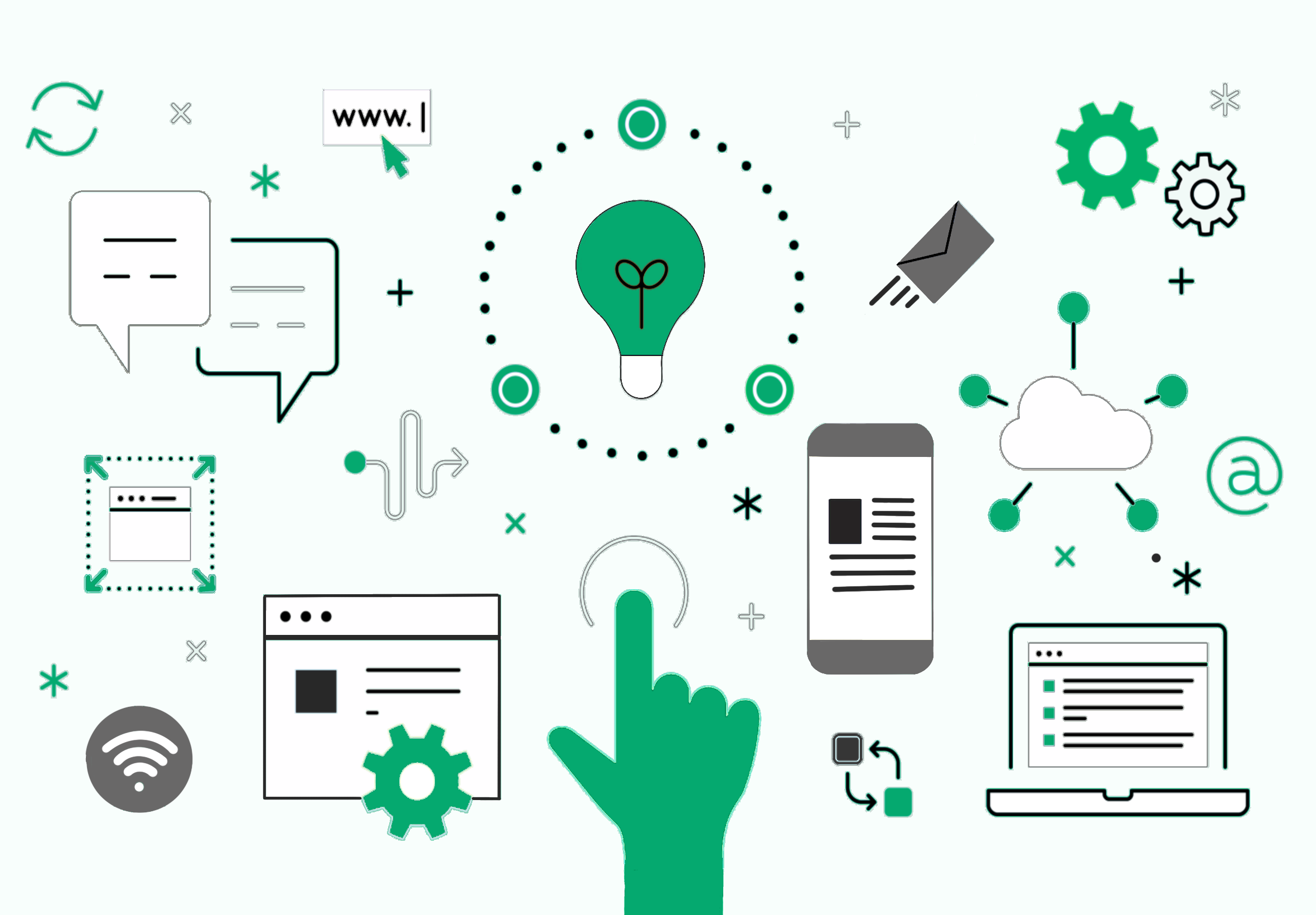Innovation is the name of the game in UX Research; we are often being asked to find creative ways of gathering insights from end users with smaller teams and even smaller timelines and budgets for recruitment. As we continue to seek out ways of reaching people, there’s an often untapped source of research insights who are working with our target users day in and day out: frontline employees. This is a key strategy, particularly when dealing with any protected or vulnerable population, such as patients or children, who are often very difficult to access for a variety of (very good!) reasons.
Frontline employees are the boots-on-the-ground people who are interfacing with users every day. Depending on the industry and problem space they might be receptionists, call center employees, nurses, cashiers, etc. They spend their time putting out fires and hearing directly from customers about what’s working and what isn’t.
So, where do I start?
First things first, activating any group to be part of research often starts with building relationships. Frontline employees are busy people who are usually being managed by busy people who are often concerned about preserving their teams’ bandwidth and protecting their time. To reach them you’ll need allies, and allies start with relationships. Start by getting to know their managers and team leaders (or whatever the equivalent role is). SME (Subject Matter Expert) interviews can be a great method here, both to learn more about pain points and also to help people understand that you’re there to help them and their teams with their jobs. Research is a way of letting people be heard, and that’s a valuable thing you can do for them.
Once you’ve built a relationship with the managers and team leads, you can start asking about getting access to their teams who are interfacing directly with your target audience.
I’ve built relationships…now what?
Now that you’ve gotten access to the frontline employees, there are a couple different research methods we suggest considering. This is your chance to get the inside scoop about what kinds of pain points exist for users and employees, what kinds of tools they use, what kinds of ideas or suggestions they have for improvement, and more. Keep in mind that while research can be hugely impactful, if you’re not careful it can also be very time-consuming and extractive – meaning it takes knowledge, expertise, energy, etc from people without giving anything of value back. So consider how much bandwidth, time, and energy people have when planning your research, as well as what you may be able to give back to them.
Two non-extractive options we’ve leveraged in the past are:
Diary studies
Diary studies are an unmoderated research method that asks someone to keep a log about their experience at certain times or in response to certain triggers such as after speaking to a customer or using a piece of software. You can ask people to take photos of key moments, record their emotions or activities during or after certain events, or provide reflections on changes they might have made or ideas they have. Diary studies are a great way to turn your frontline employees into researchers themselves by having them think about and interrogate their own workflows, softwares, and scripts when interacting with end users.
Diary studies can be very impactful because they are straight from the participant’s unfiltered perspective and are designed to happen in the moment, so they are less likely to be misremembered. Some drawbacks include people forgetting to fill them out at the right times – or at all, especially if they are busy – or providing unclear information that is difficult to follow up on and get additional clarity.
Passive prompt wall
This is a good method to use if your participants all share a physical space – such as an office or breakroom. Setting up an installation such as oversized post-it papers with markers and prompts that participants can fill out on their off time can provide you with first-hand insights about how people are feeling, what they’re hearing from users, and what ideas they might have for how to improve the products or services they deal with day-to-day.
Some watchouts to this method is that you need to be mindful of how you word your prompts so they are easy to understand and you’re surfacing relevant information. There’s always a risk of people responding with unserious, off-topic responses with unmoderated forum-type research, so have a plan in place to vet some of the more suspicious answers you receive (possibly from those SMEs you interviewed earlier).
I’ve gathered my research, what do I do now?
Congratulations on gathering research from frontline employees! Now it’s up to you to synthesize your insights and pull out the necessary takeaways. Consider conducting 1:1 interviews or focus groups to follow up on interesting themes and patterns. If you are developing concepts or prototypes out of your insights, frontline employees can be a great group of people to start gathering some validation on your ideas.
Research is an ever-evolving practice, and finding new ways to learn about what works and what doesn’t can sometimes feel like a moving target. But if you build relationships early and expand your participants to include not just those experiencing the pain points first hand, but to include the people who are experiencing them second-hand as well, you can capture more data in richer and more informed detail than ever before.
Interested in how you can activate your frontline employees? Drop us a line!
